Proposed Title :
Low Power and Low Cost Thermal Energy Harvesting Power Supply with an Internal Start up Circuit with regulator for Pacemakers
Proposed System:
- In proposed system design is TE energy harvesting system with regulator.
- Design this architecture at 130nm level.
Software implementation:
- TANNER

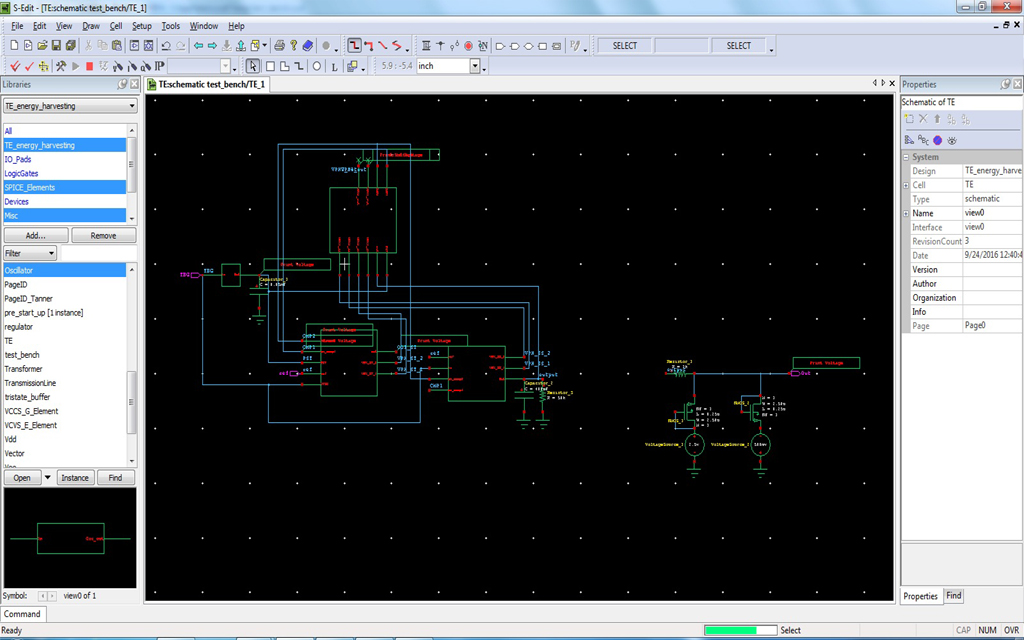
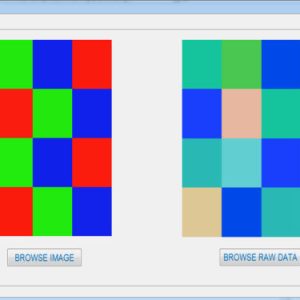

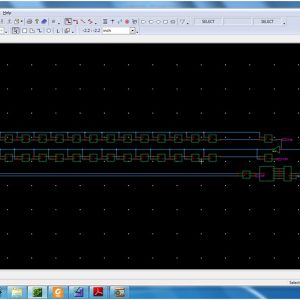
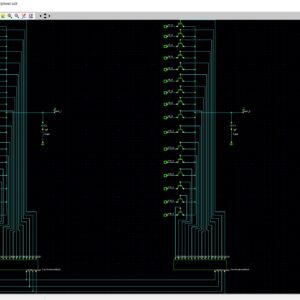
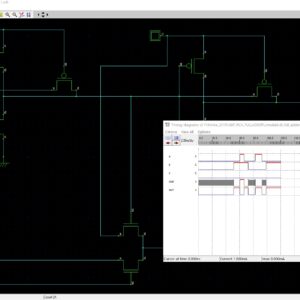

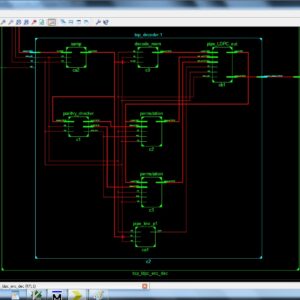
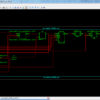

Reviews
There are no reviews yet.